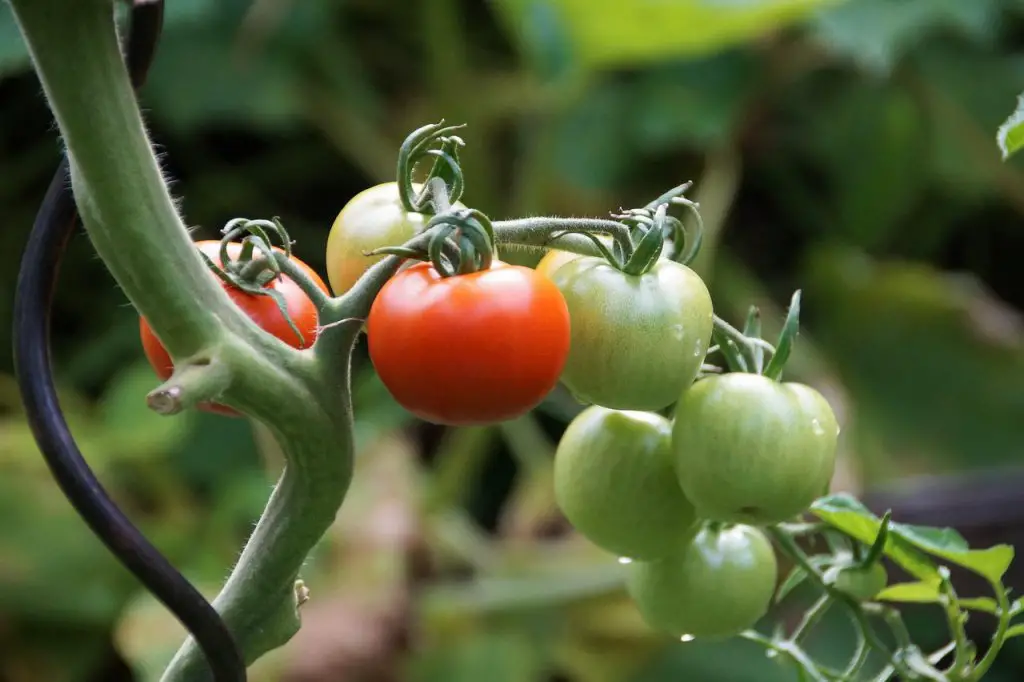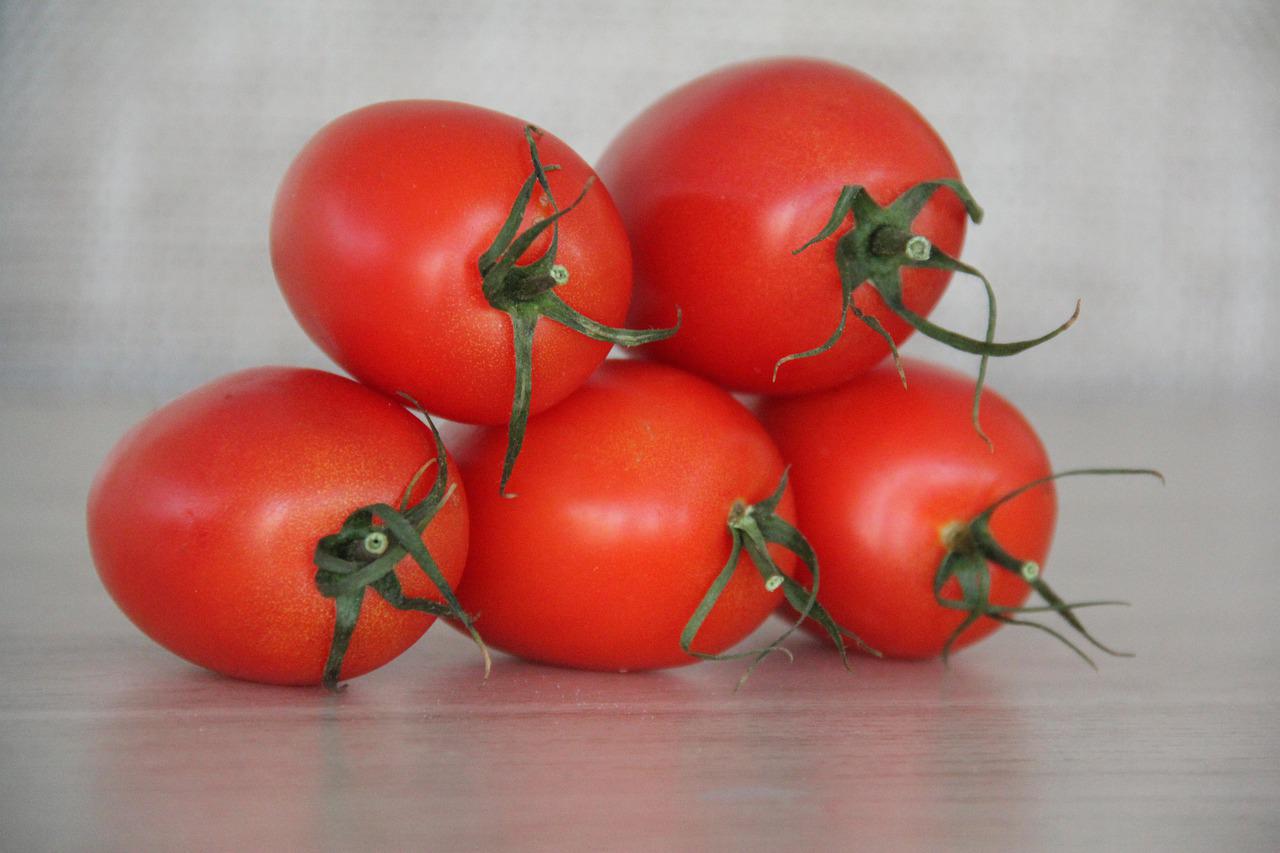Yes, you can compost tomatoes. Their compost enriches the soil with nutrients and reduces the need for chemical fertilizers. However, tomatoes are prone to disease and fungi. Choose only the healthy ones to be on the safe side.
Table of Contents
Can You Compost Tomatoes?
Instead of throwing these overripe or rotten fruits in the trash, try composting them since they’re highly compostable.
Tomatoes are high in nitrogen, which is good for soil health. They also contain potassium, phosphorus, magnesium.
However, tomatoes are prone to diseases, pathogens and fungi, making them also highly perishable. Therefore, many composters shy away from adding tomatoes to their compost.
But if you follow a controlled process and are careful in choosing the healthy ones, you can use this fruit as garden manure.
Check our video below to find out how to correctly compost tomatoes and avoid disease or rogue tomato plants in your compost.
Can You Compost The Tomato Plant?
Tomato plants are also compostable. The leaves and stems are rich in nitrogen. You can compost the entire plant or just the leaves and stems.
Chop leaves into small pieces, then add them to your compost pile.
What Are The Risks Of Composting Tomatoes and Tomato Plants?
Composting this plant has several risks to take into consideration:
1. Composting Tomatoes May Not Kill All Tomato Seeds
When composting, you want to create manure in the soil and not allow plants to grow in the compost.
However, since tomato fruits have tiny seeds that scatter easily, they may germinate and grow in the compost.
To ensure this doesn’t happen, your compost heap should have a minimum temperature of 140 degrees F in the first three weeks of composting.
2. The Spread Of Diseases
It is one of the significant reasons why composters fear tossing tomatoes in the compost bin. The diseases and fungi may survive through the composting period, later creating another generation of diseases for plants.
Tomato diseases such as curly top virus, late blight, and early blight may survive. Other diseases such as bacterial canker, verticillium wilt, and fusarium wilt may also survive the composting process.
You should maintain a temperature of 130 to 160 degrees F. However, avoiding any plant or fruit, you suspect harboring any disease or fungal infection is better.
3. An Incomplete Breakdown
When you put large chunks of tomato plants and fruits in the compost, they may never fully compost.
However, this is a problem that you can quickly fix by shredding the leaves, fruits, and stems.
What Is Tomato Compost Good For?
Tomatoes are high in nitrogen. Therefore in compost, it is one of the nitrogen-rich materials that are added to increase the nitrogen content together with other kitchen scraps.
The nitrogen in the compost helps increase the temperature and enables the quick multiplying of the microbes that decompose organic matters.

How Long Does It Take For a Tomato And a Tomato Plant To Decompose?
The period it takes to complete the decomposition of tomatoes depends on your compost method.
In a hot composting system, the fruits and plants may take 3 to 4 months to decompose fully.
However, the process takes longer if the compost is not hot enough.
Composting Tomatoes: 7-Step Guide
Composting tomatoes, as we have discussed, can be a risky activity. Many prefer not to try it because of all the risks involved.
However, it is simple and doable if you follow all the guidelines. Here are the steps you need to follow for a successful composting process.
1. Pick only the healthiest of your tomatoes and tomato plants.
Tomatoes are prone to disease and fungi. Choose only the healthy ones to be on the safe side.
2. Dry all the tomatoes.
You’ll also want to ensure that the tomato plants are arid before adding them to the compost pile.
If they’re still wet, they’ll rot before they’re ready to turn into compost.
3. Shred all the tomatoes and tomato plants into smaller pieces.
Shredding the tomatoes and the plants will help in making them easier to decompose.
4. Add all the brown materials to the compost.
Brown materials include yard wastes, dry leaves, sawdust, shredded cardboard, and newspapers.
5. Add your tomatoes and tomato plants.
You should add them to your middle green layer. Green materials include grass clippings, food scraps, and kitchen scraps.
6. Add soil on top and seal your compost bin.
Seal the compost bin tightly to keep away rodents and flies and also to encourage a high temperature in the compost.
The temperature will be conducive for the microbes and quicken the decomposition process.
7. Wait for four months.
You can check if your compost is ready when turning it.

